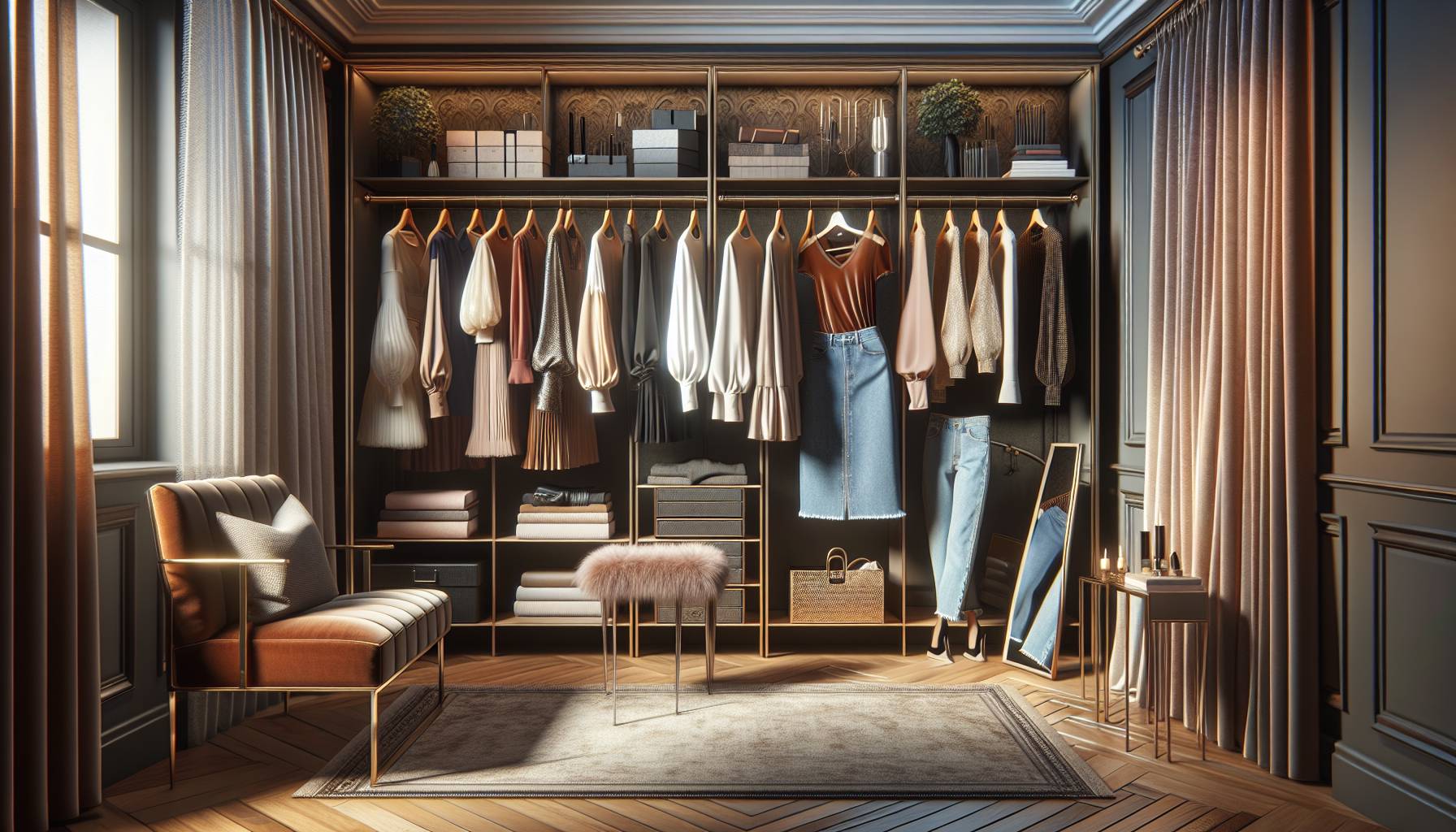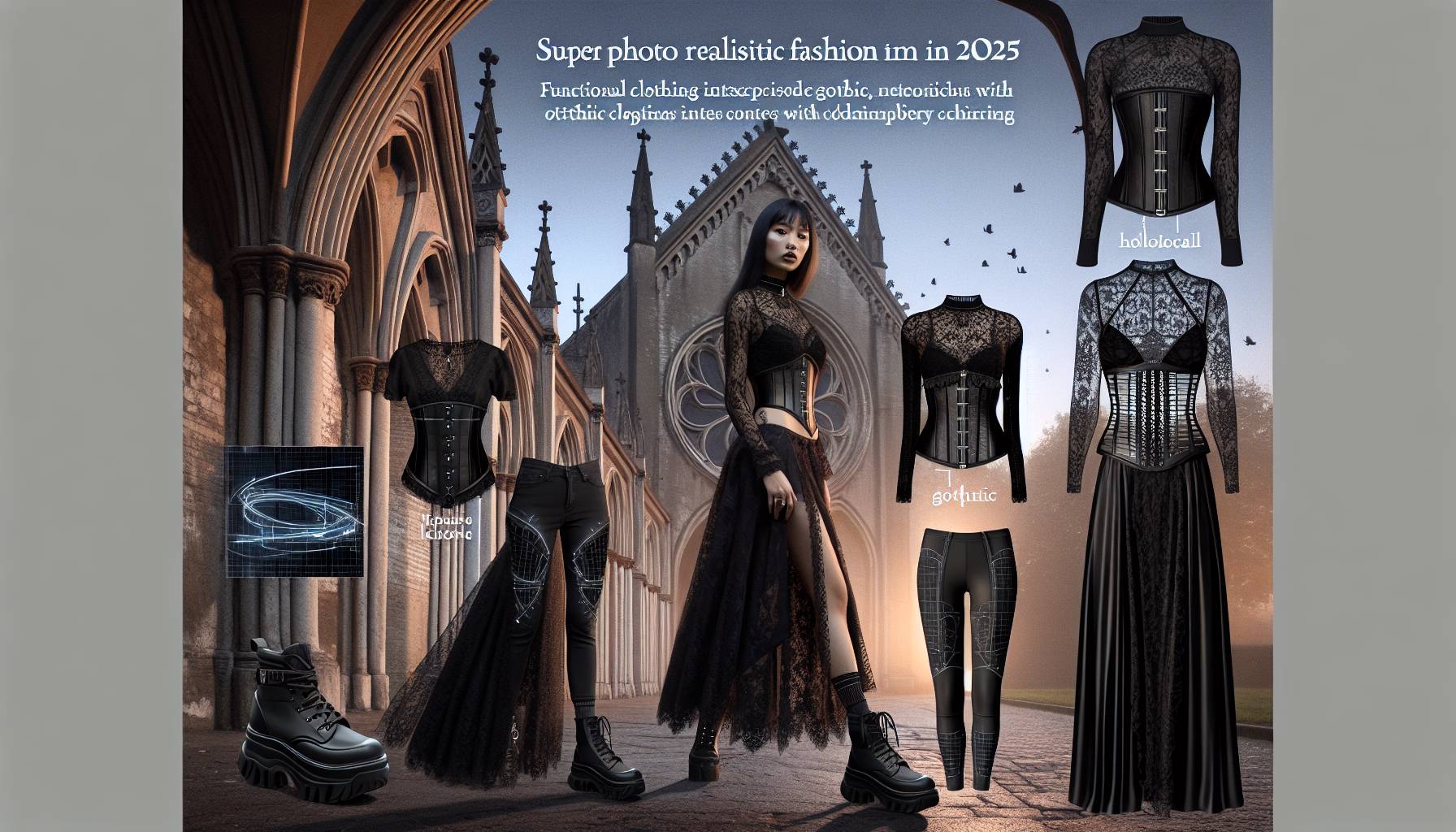rise of fashion dupes
In recent years, the fashion industry has witnessed a significant rise in the popularity of “dupes,” which are affordable alternatives to high-end luxury clothing and accessories. These items mimic the style and appearance of designer products but are sold at a fraction of the cost. The appeal of fashion dupes lies in their ability to offer consumers the latest trends without the hefty price tag associated with luxury brands.
The proliferation of social media platforms has played a crucial role in the rise of fashion dupes. Influencers and fashion enthusiasts frequently showcase these budget-friendly alternatives, making them more accessible and desirable to a broader audience. As a result, consumers are increasingly turning to dupes as a way to keep up with fashion trends without breaking the bank.
Moreover, the economic landscape has contributed to the growing demand for fashion dupes. With many individuals facing financial constraints, the allure of obtaining a similar look to that of high-end fashion at a lower cost is particularly enticing. This shift in consumer behavior has led to a surge in the production and availability of dupes across various retail platforms.
While some consumers view fashion dupes as a practical solution to expensive designer items, others appreciate the creativity and innovation involved in producing these alternatives. The rise of dupes has also sparked discussions about the value of originality and the role of luxury brands in the fashion ecosystem.
legal challenges and disputes
The increasing prevalence of fashion dupes has inevitably led to a series of legal challenges and disputes. Luxury brands, known for their distinctive designs and high-quality craftsmanship, are fiercely protective of their intellectual property. As dupes often closely resemble these high-end products, they tread a fine line between inspiration and infringement. This has prompted many luxury brands to take legal action against manufacturers and retailers of dupes, citing trademark infringement and unfair competition.
One of the primary legal issues revolves around the protection of design elements that are unique to a brand. While some aspects, such as logos and specific patterns, are protected under trademark law, other elements like the overall look and feel of a product can be more challenging to defend. This grey area in intellectual property law makes it difficult for luxury brands to successfully argue their cases in court, leading to a complex legal landscape.
In Australia, the legal framework surrounding fashion dupes is still evolving. The country’s intellectual property laws provide some protection for original designs, but the enforcement of these laws can be inconsistent. As a result, luxury brands often face an uphill battle when trying to curb the production and sale of dupes. This has led to calls for stronger legal protections and clearer guidelines to help distinguish between legitimate inspiration and outright copying.
Despite these challenges, some brands have managed to secure victories in court, setting important precedents for future cases. These legal battles not only highlight the ongoing tension between luxury brands and dupe manufacturers but also underscore the need for a more robust legal framework to address the complexities of fashion design protection. As the market for dupes continues to grow, it remains to be seen how the legal landscape will adapt to balance the interests of both consumers and creators.
impact on the fashion industry
The impact of fashion dupes on the industry is multifaceted, influencing everything from consumer behavior to brand strategies. For consumers, the availability of dupes has democratized fashion, allowing a wider audience to access styles that were once exclusive to those who could afford luxury price tags. This shift has led to a more inclusive fashion culture, where trends are no longer confined to the elite but are accessible to the masses.
For luxury brands, however, the rise of dupes presents significant challenges. The proliferation of affordable alternatives can dilute brand exclusivity and diminish the perceived value of high-end products. As consumers become more accustomed to purchasing dupes, luxury brands may find it increasingly difficult to justify their premium pricing. This has prompted some brands to innovate and differentiate themselves further, focusing on craftsmanship, heritage, and unique design elements that are harder to replicate.
Retailers, particularly those operating online, have also felt the impact of the dupe phenomenon. Many have embraced the trend by offering a mix of high-end and dupe products, catering to a diverse customer base with varying budgets. This strategy not only broadens their market reach but also positions them as versatile players in the competitive fashion landscape.
Moreover, the rise of fashion dupes has sparked a broader conversation about sustainability and ethical consumption. As consumers become more aware of the environmental and social implications of fast fashion, some are questioning the true cost of cheap alternatives. This has led to a growing interest in sustainable fashion practices, with some consumers opting for quality over quantity and seeking out brands that prioritize ethical production.
The impact of fashion dupes on the industry is complex, driving both challenges and opportunities. As the market continues to evolve, brands, retailers, and consumers alike must navigate this dynamic landscape, balancing the desire for affordable fashion with the need for originality, quality, and sustainability.
rise of fashion dupes
In recent years, the fashion landscape has witnessed a significant surge in the popularity of “dupes,” which are affordable alternatives to high-end luxury clothing and accessories. This trend has been particularly noticeable in Australia, where fashion-savvy consumers are increasingly seeking out these budget-friendly options. The allure of dupes lies in their ability to offer the latest trends and styles without the hefty price tag associated with designer labels.
Fashion dupes have become a staple for many, allowing individuals to experiment with their style without making a substantial financial commitment. This shift is driven by a combination of factors, including the rise of social media influencers who frequently showcase these alternatives, and the growing demand for accessible fashion. As a result, many retailers have capitalized on this trend, offering a wide range of dupes that mimic the aesthetics of luxury brands.
Moreover, the appeal of fashion dupes extends beyond just cost savings. They provide an opportunity for consumers to engage with fashion in a more sustainable manner, as they often opt for these alternatives instead of fast fashion items that may not last as long. This shift towards more conscious consumption is reshaping the fashion industry, encouraging brands to rethink their strategies and offerings.
As the popularity of fashion dupes continues to rise, it is clear that they are not just a passing trend but a reflection of a broader movement towards democratizing fashion. This evolution is empowering consumers to make choices that align with their personal style and values, all while staying within their budget.
legal challenges in the fashion industry
The proliferation of fashion dupes has not only transformed consumer habits but also sparked a series of legal challenges within the fashion industry. As these affordable alternatives gain traction, luxury brands are increasingly finding themselves in a battle to protect their intellectual property. The core of the issue lies in the fine line between inspiration and imitation, with many dupes closely resembling high-end designs.
In Australia, as in other parts of the world, luxury brands are taking legal action to safeguard their creations. Trademark infringement and copyright violations are at the forefront of these disputes, as brands argue that dupes dilute their brand identity and devalue their original designs. The legal landscape is complex, with each case requiring a nuanced understanding of design rights and the extent to which a dupe replicates a luxury item.
For fashion houses, the challenge is not only to protect their designs but also to maintain their brand’s exclusivity and prestige. The presence of dupes in the market can undermine the perceived value of luxury items, prompting brands to invest heavily in legal battles to deter copycats. However, the cost and time involved in pursuing these cases can be substantial, leading some brands to explore alternative strategies, such as enhancing their brand storytelling and focusing on unique craftsmanship that is harder to replicate.
On the flip side, the legal scrutiny surrounding fashion dupes has prompted some retailers to tread carefully, ensuring that their offerings do not cross the line into infringement. This has led to a more creative approach in the design of dupes, with subtle differences that distinguish them from their luxury counterparts while still capturing the essence of the trend.
As the debate over fashion dupes continues, it highlights the ongoing tension between accessibility and exclusivity in the fashion industry. For consumers, the availability of dupes offers a way to engage with high fashion without the high cost, but it also raises questions about the value of originality and the future of design innovation.

